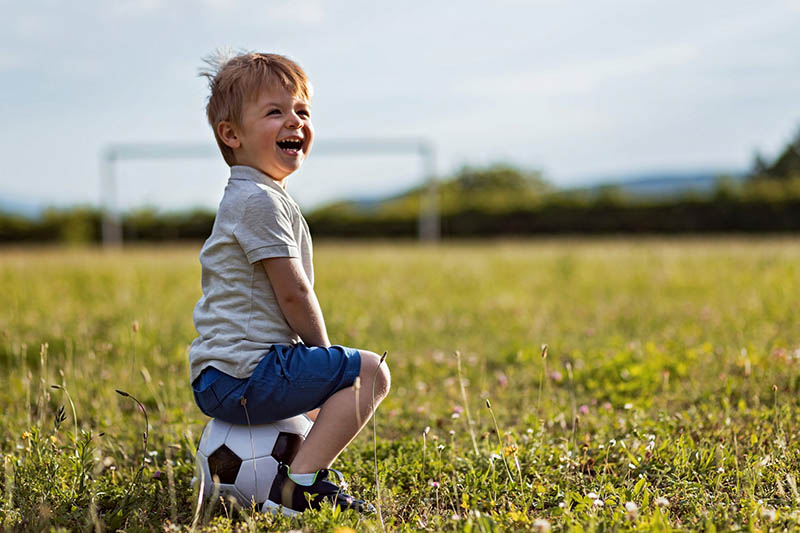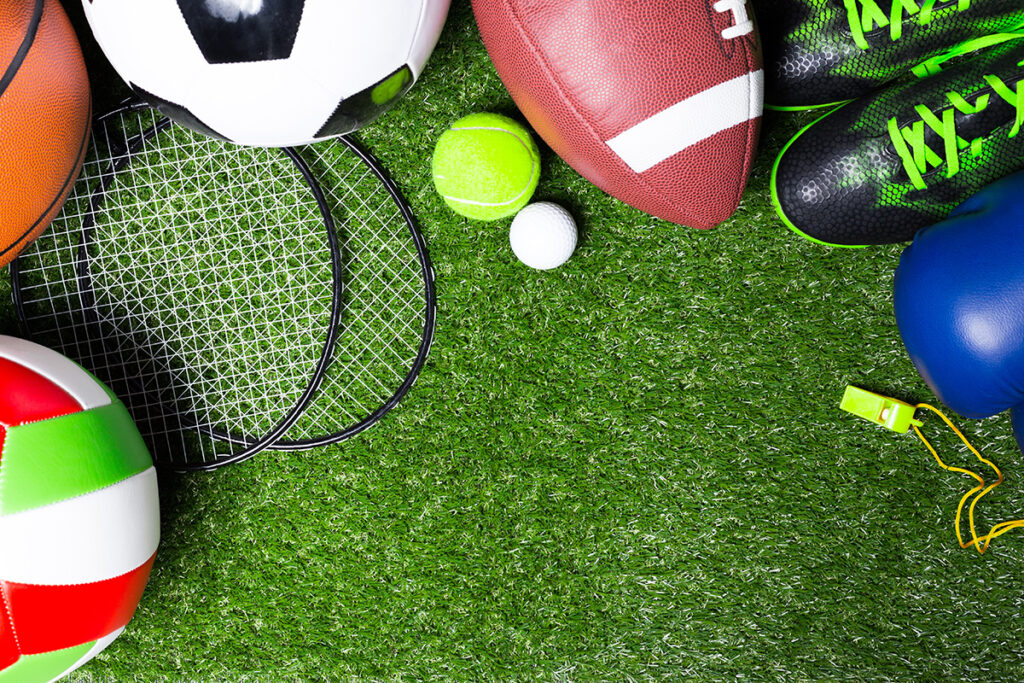As your child grows, you may notice a difference in the way they look. Many young kids have flatfeet, toe walking, pigeon toes, bowlegs, and knock-knees.
Many times these abnormalities will correct themselves without any treatment. Sometimes they do not correct over time, and in that case, we recommend one of our award-winning pediatric orthopedic specialists. However, this does not mean that your child will have any functional problem or limitations.
Flatfeet
Children are born with flatfeet and develop arches as they grow. However, sometimes the arch never fully develops. Parents often first notice this because their child will walk with their feet appearing to turn inwards.
Flatfeet alone do not usually cause problems. Treatment from a pediatric orthopedist is only initiated if the feet become painful. Corrective shoes or inserts are not recommended unless the child develops pain. It has been shown that corrective shoes do not help to “build an arch”. Flatfeet do not make a child clumsier. Flatfeet that do not cause pain will not limit the children in their function or activity as they grow. Feet that do become painful can be treated with physical therapy, orthotic arch supports, and potentially surgical intervention to recreate the arch. Contact one of our three locations to book a consultation if your child is in serious pain!
Toe walking
Toe walking is common as children are learning to walk. In most children, it does go away on its own by 3 years of age. However, in some children, it does persist. If the child is up on their toes the majority of the time beyond age 3 then further evaluation by a doctor or pediatric orthopedist is recommended.
Persistent toe walking in older kids or toe walking on one side of the body can be linked to other conditions, such as cerebral palsy, muscle weakness disorders, autism, or other nervous system problems.
If an otherwise healthy child has persistent toe walking, the first treatment recommended is typically physical therapy to learn about stretching the calf muscles. In children greater than 5 years of age, a series of casts may be recommended to help stretch muscles. If your child is exhibiting any of these issues, please reach out and schedule a consultation!
In-Toeing (Pigeon Toes)
Children are often born with turning in of the legs that first becomes noticeable at about 8 to 15 months of age, when they begin standing. As they get older, parents may notice their children walking with their feet turned inward, also called in toeing. There can be a few different causes that are normal variations in the rotational profile of the legs and feet.
Children who walk with their feet turned in may have internal tibial torsion, in which the tibia (shin bone) is rotated inward. Older children with in-toeing may have femoral anteversion, in which there is a twist in the femur (thigh bone), causing the foot to turn in.
The natural progression of this in-toeing is to correct spontaneously over time. Most children continue to correct this on their own up until adolescence. Special shoes and braces used in the past have never been shown to improve this condition. In general, in-toeing doesn’t interfere with walking, running, or sports. If you’re concerned about in-toeing in your child, please give us a call and schedule a consultation with one of our pediatric orthopedic specialists.
Bowlegs and knock-knees
In genu varum (bowed legs), there is more space between the knees than the ankles. In genu valgum (knock-knees), there is more space between the ankles than the knees. Both of these conditions can be normal in young children up to age 8. They can also be seen in older children and teenagers.
Bowed legs can be normal in toddlers. Most of the time it does resolve on its own by age 3. However, if a toddler does not grow out of the bowed legs, especially if it is only on one side, a pediatric orthopedist will typically order an x-ray to rule out a disorder leading to the abnormal development of the bone. Some of these disorders include Blount’s disease and rickets.
Knock-knees also can be normal in toddlers and will typically correct itself by age 8 or 9. Other non – physiologic causes of knock-knees include growth plate injury, benign growth in the bone, or nutritional deficiency. Most children with bowed legs or knock-knees grow out of it without needing any intervention such as special braces, shoes or therapy. Bowing of the legs will usually correct by age 3. Children with knock-knees will usually straighten out by age 8 or 9.
When to see a Pediatric Orthopedist
Most of the issues we’ve outlined above will correct themselves in due time. However, there is nothing wrong with a second opinion or a professional pair of eyes if any of these cases are becoming concerning. Please contact our offices to schedule an appointment with our award-winning team of pediatric orthopedists!



